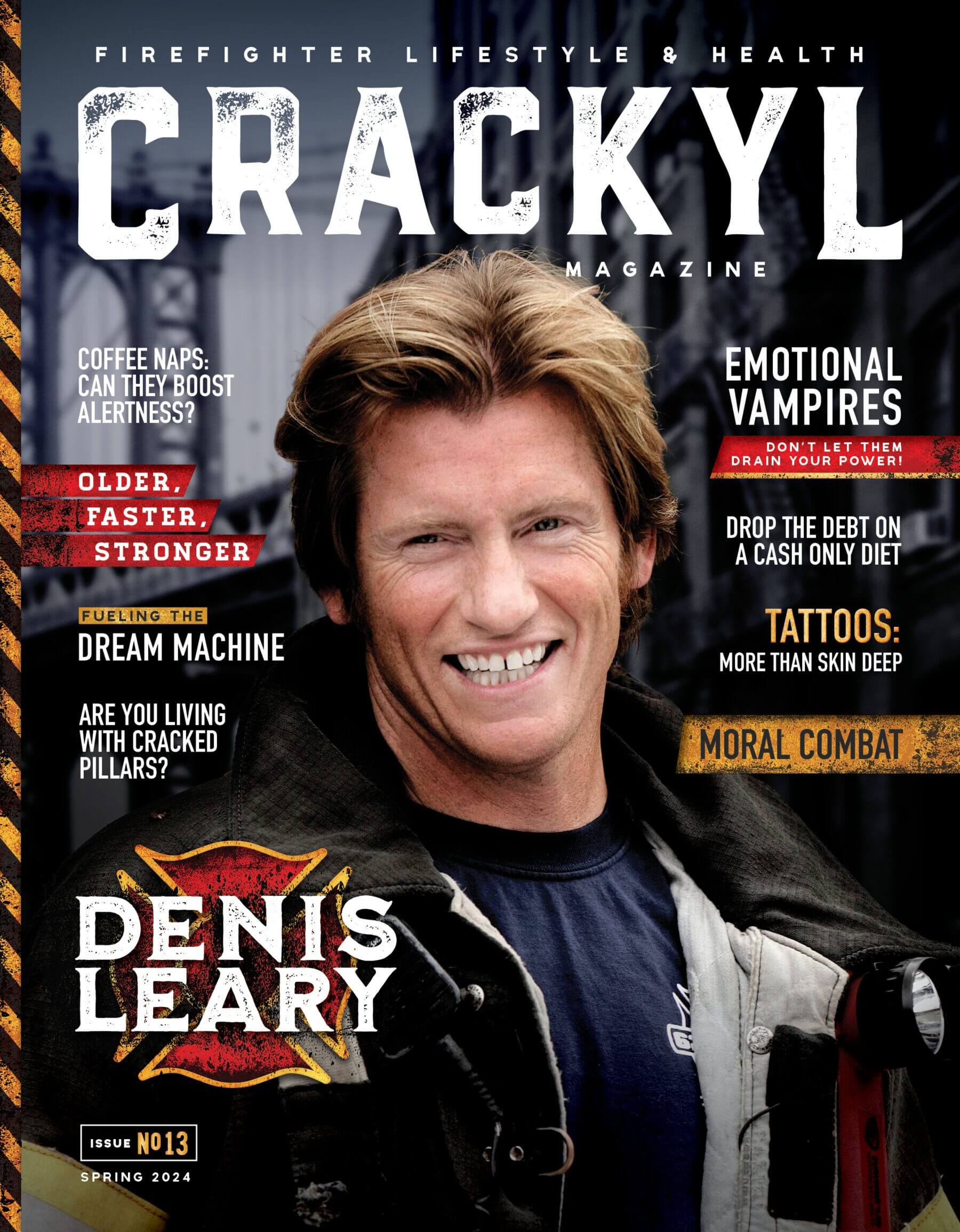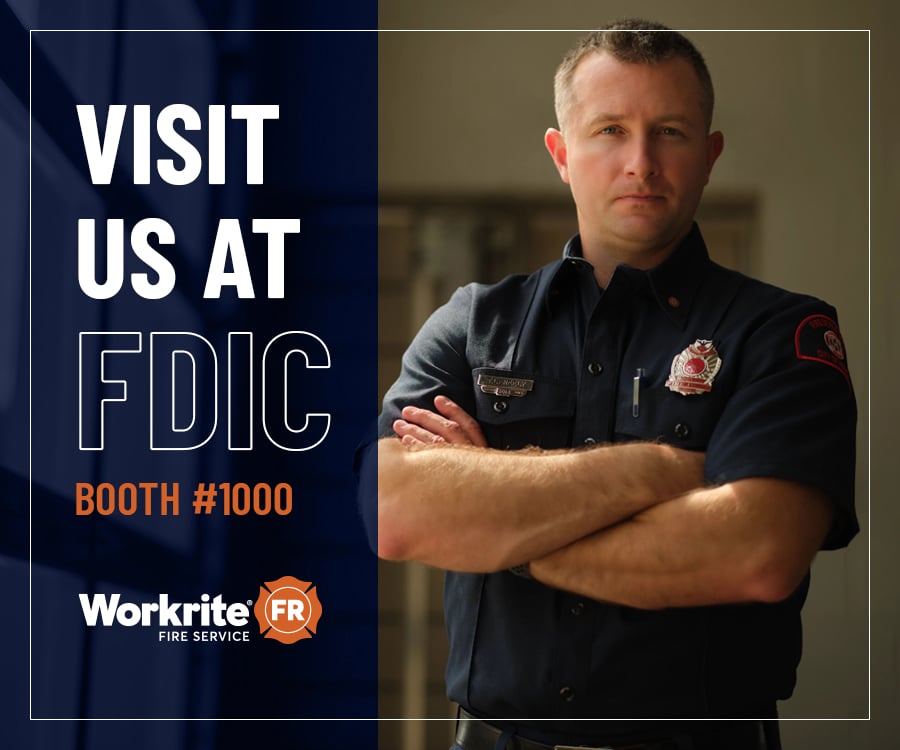Flipping the Script on Reactive Support (From Behind the Line S1E1)

By: Lindsay Faas
As a trauma therapist who works with First Responders and Front Line Workers, I get a unique vantage point and the opportunity to hear what is really coming up for those of you serving on the front lines. Consistently, one of the complaints I hear about involves the ways in which access to support tends to be reactive and the ways this misses the mark.
What is Reactive Support?
Commonly support is offered in the immediate period following a critical incident. These supports are offered or clarified after a bad thing has happened. And it’s important to note that a normal day in this line of work is harder than the hardest day in most people’s work and that to qualify something as a “bad thing” in your day means it has to rank way beyond what the average person could ever imagine dealing with.
In some cases, reactive protocols look like bringing in a critical incident stress debriefing facilitator to run individual or group debrief sessions. In some circumstances, this can be tremendously valuable. Reactive protocols can also look like some peer support, and maybe an email from HR with phone numbers for your workplace’s employee assistance program (EAP) counseling service. At worst, reactive protocols look like punitive measures such as incident reviews and suspensions following a critical incident. Often in these cases, there is a lack of direction toward wellness support while enduring the demoralization of investigations into your own behavior and responses during an incident. I mention this “worst case” because unfortunately, this is a story I have heard many times, along with the story of front-line workers being left to figure it all out for themselves – which can result in outcomes that can be absolutely tragic.
In and of themselves, reactive measures are not bad. They can be quite helpful in response to a critical incident if handled well. As someone trained in facilitating critical incident stress debrief sessions, I see their value. But on its own, it’s not enough. And here’s why: the critical incidents are tough, and they absolutely shine a light on the need for wellness support, but they do not live in a vacuum.
Critical Incidents Do Not Live In A Vacuum
Think about it this way: imagine your home. If you’re anything like our family, you’re busy and always playing catch up. Keeping things clean may not be the highest on your priority list. Try to imagine the build-up of toys on the floor, bathrooms needing to be deep cleaned, dishes pilling up, and a mountain of laundry needing to be washed, folded, and put away… And you just found out your in-laws are coming to visit. All of a sudden, you are trying to get through everything, top to bottom, and it’s overwhelming and exhausting. And you think to yourself, “it would be so much easier if we did a better job of staying on top of things – if we didn’t let it build up like this.” This is what it’s like for you in your work.
Your work is not critical incident after critical incident. It is a lot of big and small stresses that compound over time – and many of them have little to do with the actual job part of your job. What I mean by that is if you are a firefighter, a significant amount of your stress on a daily basis has little to do with actually going out there and fighting fires or even attending other calls; it is paperwork deadlines, returning phone calls, interacting with co-workers and management, feeling the weight of the limitations of the system, interacting with the public, and a million and one other things. Then a critical incident happens – in our cleaning example, this is the in-laws coming – it is a moment of reckoning, where we have to deal with the mess we’re in. When a critical incident occurs, it is absolutely difficult, but it is made more difficult by the compounded effect of all of the other accumulated stresses that have added up over time. If we had better skills and a better plan to deal with all the big and small stresses along the way, it is likely that the impact of a critical incident would be significantly reduced.
This is why a preventative approach to wellness is really important. If we can keep our mental and emotional house in order in the day-to-day, we tend to have to scramble less when the pressure really hits. The reaction is never as strong as the prevention.
The Argument for Pro-Active Prevention
In your work you run drills, develop strategic action plans and embrace protocols because you know that “an ounce of prevention is worth a pound of cure”. Critical incident debriefs can be helpful and can reduce some of the risks associated with event-based situational stress or trauma. But in your line of work, that’s not the bulk of what you’re facing. You are facing persistent stress, and continuous exposure to non-normal experiences, and you are situated within a system that is more often an antagonist than a support. So while reactive interventions are valuable, without some amount of preventative measures in place, they fall short.
We see it in the stress leaves, the burnout rates, and the early retirement. You may also see it in your own short temper with your spouse or kids, your suspicion or skepticism of others, and your constant exhaustion and fatigue mixed with restlessness. We see it more dramatically in the divorce rates, the addictions rates, and the suicide rates for First Responders & Front Line Workers. This is a life and death big deal. And to some extent, the preventative measures offered in most workplaces, including limited short-term EAP counseling, feel like they only pay lip service to support your wellness rather than really investing hard into you and the value you bring as a well person to the work you do.
A Personalized Action Plan Begins Here
Preventing and reducing the impacts of your work is multi-faceted and it’s personal. What that means is that any plan you create will be uniquely your own, based on your own interests and preferences; and it will need to show up in all aspects of your life – personal and professional. At its core, your strategic plan puts you in the position of being the central figure in your own life. It acknowledges that your wellness has critical value in you being your best self in your job and in your personal life. Acknowledging this and planning in a way that emphasizes this is significant.
For most going into helping professions, we have an internal tendency to value and prioritize others. This is admirable, but it also has some limitations and these show up when we go into work that demands and demands and demands of us, without a lot put back in to support us. If we don’t support ourselves and ensure we give ourselves the same amount of value we give others, we are going to be hard-pressed to keep it up for long. It’s too draining.
To begin working on developing a strategic action plan, start by using the Beating the Breaking Point Indicators Checklist and Triage Guide, designed to help you kickstart a personalized plan and work at prevention. If you are already a little way down the road to burnout (or long way), it is also designed to offer support around burnout reduction action planning. The tool helps you to self-assess your own indicators for burnout and offers some initial steps to be responsive to the degree of burnout you are facing.
Burnout
You might not be sure if what you feel in your work can be considered burnout. The word burnout is helpful to some people and off-putting to others. What we’re really talking about is the effects of persistent stress. You do a job where you interact with some of humanity’s worst moments. For many of you, your daily work brings you into another human’s worst day, and the experience of that has weight. And you do it over and over again. On top of that, you face all of the management and bureaucratic challenges. And then you come home and try to feel normal and be normal and make those you live with feel like life is normal. It’s a lot, day in and day out, and it’s exactly why – whether you want to call it burnout or stress or something else entirely – we have to confront it and find ways to support better prevention and early intervention. You deserve to be a well version of yourself. You want to bring a well version of yourself to your work, to your family, and to your life.
Find the full episode of Behind the Line, Season 1, Episode 1 on our website, YouTube, or wherever you listen to podcasts.
Podcast
Contests & Promotions
















